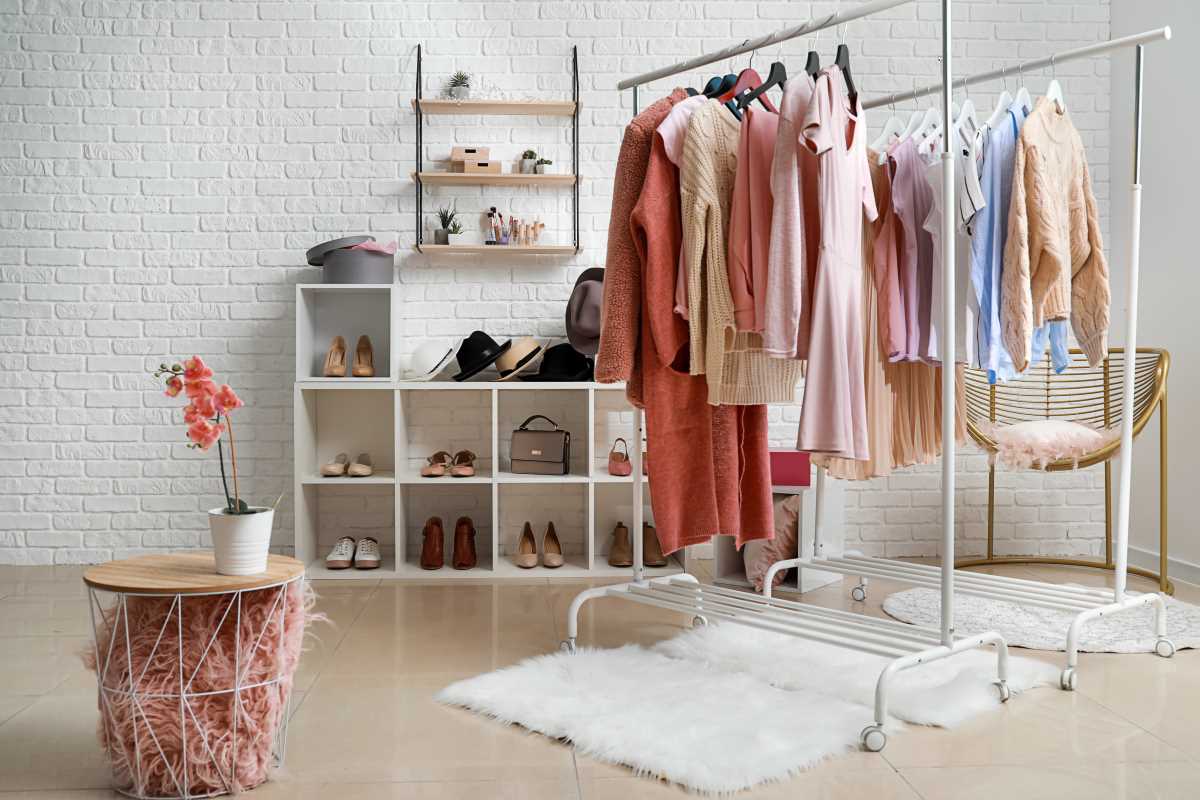Children gather their crayons, line up their pencils, and settle in at a desk that invites creativity and focus. Arranging a dedicated workspace in a cozy corner or along a quiet wall brings structure to each day and encourages productive habits. Simple changes, such as placing a speaker near a plant or choosing a lamp with adjustable brightness, can make homework sessions more enjoyable. When the space feels welcoming and organized, kids find it easier to shift into learning mode and approach their assignments with enthusiasm, making daily routines smoother for everyone involved.
Routine blossoms when surroundings whisper “let’s get down to it” without shouting. Soft textures underfoot, a modest pinboard for doodles, and a desk aligned just so with the window invite bursts of concentration right when they’re needed. Follow this guide to craft a spot that quietly nudges imaginations awake, weaving subtle cues into every design choice.
Quiet Corners That Spark Curiosity
Instead of simply carving out a spot by the wall, line walls with cork tiles in varying shapes. This tactile twist gently prompts touch and play, adding an unexpected layer of engagement before pencils even meet paper. Incorporating gentle curves instead of harsh right angles in shelving or desk edges signals permission to think differently.
Anchor a small, low bookshelf within arm’s reach and replace bulky binders with slim, color-coded files to encourage that inner explorer to reorganize and experiment. This setup improves convenience—no more fumbling under tables for loose sheets—and invites kids to imagine the next big idea simply by browsing their own mini-library.
Light and Color Beyond Basics
Most setups use a single, bright bulb overhead, which flattens the scene. Swap in layered lighting: a clip-on LED light for focused tasks, a warm-toned accent lamp for reading breaks, and even a strip of muted, adhesive lights under shelves to break shadows. These subtle layers shift energy levels day to day—cooler light for morning math, softer glows for evening essays.
A palette that steps outside pale pastels also plays a part. Try a muted terracotta accent wall behind the desk to ground visual clutter or a slate-blue task lamp to balance warmer ambient hues. Such intentional contrasts sharpen the mind’s edge without feeling jarring. The goal is to give lessons a stage rather than a backdrop.
Gear and Layout Deep Dive
- Smart Desk Organizer Kit: This modular set holds pens, rulers, and sticky notes in stackable compartments. Its magnetic bases let you snap sections together or separate them for cleaning. First, arrange compartments by how often you use them (step 1), then attach desired modules magnetically (step 2), next affix non-slip pads underneath (step 3), and finally place it near arm’s reach. You can find it for under $30 online or at craft stores across the country. Pro tip: remove one module and mount it on the wall above the desk for quick-access tools without cluttering the work surface.
- Adjustable Task Lamp with USB Port: This lamp rotates 360 degrees and offers three brightness settings. Its advantages include both illumination and device charging. Clamp it onto the desk edge (step 1), angle the arm toward the book or tablet (step 2), plug your device into the USB port (step 3), and switch between cool or warm light with a touch sensor. It costs around $45 and is widely available online, but check shipping restrictions if you order internationally. Pro tip: use warm light when reading fiction to ease eye strain and cool light for diagrams or math work.
- Modular Pegboard Panel: This steel panel supports hooks, baskets, and small shelves. It saves space by pivoting vertically instead of spreading horizontally. To install, pick a stud-free spot (step 1), drill four pilot holes (step 2), secure the anchors (step 3), and snap on the accessories. Kits start at roughly $25 at major home stores, but seasonal stock can vary. Note: weigh heavy items lower to prevent toppling and mix in fabric baskets for quieter handling.
- Portable Rolling Cart: A three-tier cart on castors holds supplies and can slide under or beside the desk. Its unique feature allows you to move it into another room for crafts or touch-ups. To set it up, assemble frame pieces (step 1), lock wheels once in place (step 2), organize items by task on each tier (step 3), and tuck it underneath when not in use. Expect to spend about $40 at general retailers, though color options might differ by region. Insider tip: line shelves with non-slip liners for watercolor sessions to contain spills.
- Acoustic Foam Panels: These small, peel-and-stick tiles dampen echo around the study zone. Their benefit lies in reducing auditory distractions, especially in open-plan areas. Install them by peeling and sticking: clean surface (step 1), align edges carefully (step 2), and press firmly for 30 seconds (step 3). A pack of 12 squares costs around $20 online. Note: avoid placing them above heating vents, since heat can warp the foam over time.
Adapt the Space for Growing Needs
As children progress through grades, their needs at home change. A space prepared for digital research today can easily switch to creative art projects tomorrow. Use open shelving that holds both a laptop and paint jars, with adjustable pegs for changing heights. When assignments require clay or circuitry kits, swap desk trays for ones with deeper lips to hold loose materials.
Help manage these shifts by establishing a short weekly routine: spend five minutes reviewing which supplies get daily use and which rarely get touched. Move everything else into labeled bins tucked on higher shelves. This practice keeps the main zone focused on immediate tasks while giving seasonal projects or budding robotics experiments the room to grow without cluttering the main desk.
- Label storage bins with numbers so kids know exactly where to return items after each project, reducing messy scrounging before the next assignment.
- Use clear containers when possible; they let kids easily spot favorite materials without overturning the bin.
- Post a small weekly checklist nearby to review supplies and discard unused items, helping prevent clutter from forgotten projects.
Thoughtful adjustments help children engage and build confidence in problem-solving. This homework station adapts to each project, keeping inspiration within reach.
 (Image via
(Image via





